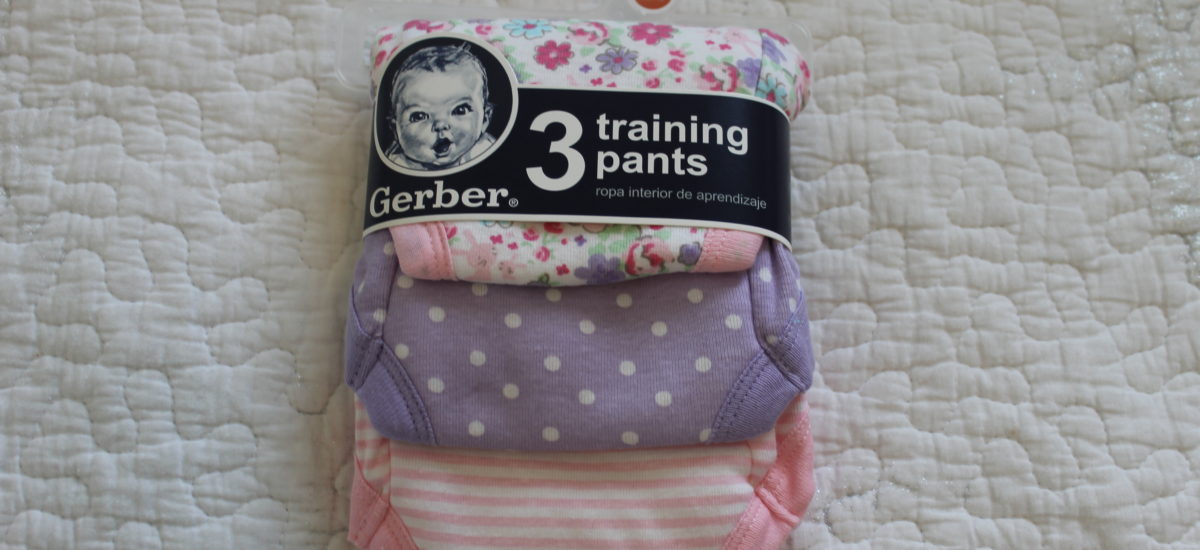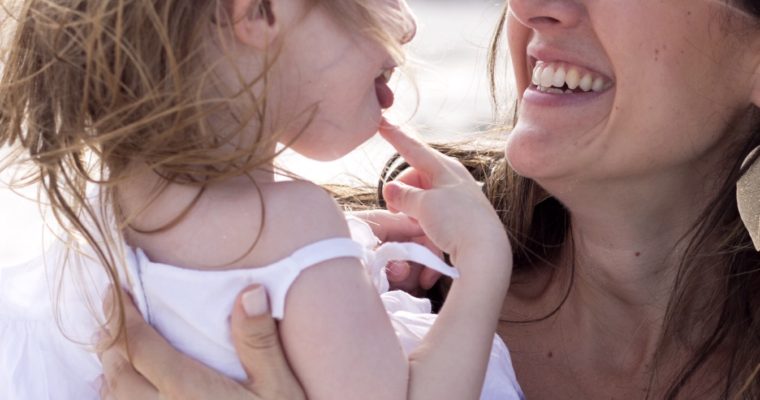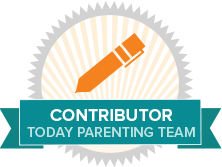This post may contain affiliate links. Please read our Disclosure Policy for details.
- Grab your favorite bottle of wine.
- Remove cork. (Or unscrew cap, or open box-hey, you do you, no judgments here).
- Drink until empty.
Just kidding! Don’t do that. You’ll be the one passed out and peeing in your pants. Don’t set a poor example for your child. After all, you’re trying to teach them NOT to pee in their pants.
I’m just gonna come out and say it: potty training is pretty crappy. I would imagine that potty training twins at the same time is enough to drive you to drink. A lot. Fortunately or unfortunately for me, my twins meet their milestones at very different times, so I potty trained them individually at different ages when they each exhibited signs of readiness. Except with my daughter, she had been displaying signs of understanding the concept for a really long time and every time I attempted potty training, we’d have a few days of mild success and then we’d go into a period of complete refusal to even try. So I gave up. I chalked it up to her developmental delays and used it as an excuse to not enforce the training. I also used excuses of upcoming weekend trips, or spring break, or lack of convenience in our daily schedule, or the fact that the Amazon Subscribe & Save fairy had just delivered a fresh box of pull-ups. Couldn’t let those money draining, environment-destroying things go to waste.
But alas, I realized that I couldn’t avoid this any longer and I needed to just come up with a plan and stick to it. So, I procrastinated some more by reading books on potty training children with developmental delays and realized that the content didn’t apply to our situation. I finally gave myself a pep talk and committed to a method of execution. We had a long weekend ahead of us and I decided to do a very popular method of boot camp potty training. We started on Saturday morning by changing into underwear and setting the timer for every 15 minutes. We’d go into the bathroom and I’d have her sit on the potty for a few minutes. I tried everything I could think of: iPad, my phone, singing, reciting the alphabet, practicing speech, running water, even playing with water. Nothing. It was torture. I spent so much time sitting on the floor of the bathroom that it made me realize that I had missed a few spots while cleaning the other day. Baseboard moldings often get neglected. It also made me panic and worry about how we would ever be able to leave the house. What if she pees in her car seat? I quickly did an Amazon search and found piddle pads made specifically for the car seat. I ordered a few of them up and for the first time, used the same-day delivery service. God bless Amazon Prime. But I digress…This back and forth to the bathroom every 15 minutes progressed for a while until I quickly went to walk the dog, only to come back inside to find that my daughter had peed in her underwear. {Forehead slap}. This wasn’t going so well. On the bright side, I spent a good amount of time writing this article for my site-score for you, my dear readers! This went on for the rest of the day. She held her pee in for EIGHT HOURS. It became a battle of wills. I told her that she had to pee before she got into the bath because if she peed in the tub, everyone would get sick and have to go to the hospital. A little white lie never hurt anyone. She finally peed!
The next morning we woke up and started with the same tortuous routine. Staying cooped up in our apartment was causing us all to go stir crazy. We made the crazy decision to venture out. I packed up all of our gear and headed towards the door. I felt like a soldier armed with all of this tactical gear. Travel potty and disposable potty bags, check. Baby wipes, check. Four pairs of underwear, check. Four pairs of shorts, check. Two extra t-shirts, check. Paper towels, check. Clorox wipes, check. Piddle pads, check. Let’s do this.
We got to the parking lot of the grocery store and I setup the potty in the back of the minivan, sat her down on it, and voila-she peed! Could this be the secret? Taking her out of the house instead of staying prisoner to the bathroom at home? We continued to press our luck by further venturing out to another store to complete another errand. Same luck and same success on the travel potty. When we got home, she had an accident. No big deal, we just stuck with it. Her confidence increased as the hours passed by, and it took less coaxing each time we sat her on the potty. By Monday she was willingly going into the bathroom when I asked her and had the routine down pat. We even ventured out to an indoor play gym and she communicated that she needed to use the bathroom while we were there. I had my gear with me and she did great. I sent her to school the next day with all of her equipment but she wasn’t comfortable in this environment and had an accident. Her wonderful teachers were patient and continued to help her throughout the week. By Wednesday, she was using the bathroom completely on her own at home and without alerting me prior to going in. What I thought was going to take weeks and months to master, only took about a week from start to finish. I was able to cross one more milestone off of our to-do list and I couldn’t be more proud of my daughter and how far she has come.
Potty training in and of itself sucks. When you are potty training a child with special needs or developmental delays, it’s on a whole other level of difficulty. My son, who is typically developing, began showing interest in toileting at the age of 11 months. I had randomly bought a potty because my friends with children who were a few months older than mine had started potty training and he saw their potties at play dates and was curious. He began peeing in the potty every night before the bath at 11 months, but never wanted to participate in potty training outside of that nightly routine. I didn’t push the issue. I had seen other people battling with their toddlers and knew that it wasn’t worth fighting. Every child is different. You can’t force someone to pee, it just won’t work.
We were on a family cruise when the twins were two, and even though I had put a swim diaper on under my son’s bathing suit, I casually reminded him not to pee or poop in the pool. He jumped in and came right back out and alerted me that he needed to pee. I was stunned. I found the nearest bathroom and taught him how to stand on top of the toilet seat and pee straight down (I’m a germaphobe). He didn’t express much further interest while we were on the cruise and I didn’t push the issue. When we returned home from our trip, I presented him with two pairs of underwear that had his favorite characters on them and asked if he’d like to wear one of them. He chose the pair with Lightning McQueen on them and we discussed going to the bathroom on the potty. From that moment on, he told me every time he needed to go to the bathroom, and he successfully went each time. He never once had an accident. This is not the norm, I can assure you. But like I said earlier, every child is different.
Potty training is one of the milestones in parenthood that we all dread, but ultimately face. It’s definitely no picnic, but at some point you have to just put on your big girl panties and get the job done. There will be challenges with both typical kids and children who have special needs, but if you arm yourself with knowledge, a plan, and plenty of patience, you will accomplish the task.
Here are some tips and tricks to help with the process:
I’m of the belief that potty training success is driven by a child exhibiting readiness. I employ this type of parenting with almost all of my kids’ milestones. Even though my daughter requires intervention and therapeutic assistance, I notice that she accomplishes milestones when she is ready. It helps the process to run much more smoothly.
Introduce the topic in a fun and educational way. Use books, props, dolls, or toys to convey the message. Daniel Tiger has great episodes and apps related to potty training. Bring your child into the bathroom and have them examine the toilet, encourage them to flush it and let them listen to the sound and watch the water swirl. This can help with children who have sensitivities to sounds. It’s fairly common for young children to have fears of the toilet because of the loud sound of the flush and also the potential for them to fall into the water, since they’re so small.
Show your child each step of the process. Potty training is a motor planning skill. You need to walk your child through the entire process from beginning to end. They also need to learn to find the bathroom from any given location. Make a game out of it. For example, if you’re in the kitchen, ask them how they would find the bathroom from there. You can use a pretend map and go on a hunt or turn it into an exploration.
Visual queues help a lot of children master the skill. Print out images of the steps of toileting and hang them above the toilet or potty. Be descriptive with the images and discuss the steps out loud-talk about removing clothes, sitting down, eliminating, wiping, putting clothes back on, flushing, washing hands, and turning off the light.
I used training pants with my daughter for the first week of potty training. They had a bit of an absorbent liner in them, which probably helped her to realize that she didn’t like the feeling of wet clothing on her body, but did nothing in the way of soaking up pee if she had an accident. She made her preference for regular underwear clear when I tried to put her training pants on and she threw them across the room and selected a pair of regular underwear from her drawer. Some people like to train with pull-ups, while others go cold turkey with regular underwear. It’s a trial and error type deal.
Consistency and commitment are key. Whether you do a 3-day boot camp type deal, or a more relaxed method, commit to your choice and be sure to remain consistent with your efforts because kids thrive on repetition and routines. Keep bringing them into the bathroom every 15 minutes and then start to stretch it out as they become more willing to eliminate on the potty. Casually ask if they need to go to the bathroom on a frequent basis and then scale it back as you and they become more confident.
When you venture outside of the house, make sure you are well armed with supplies such as a travel potty, disposable potty bags, wipes, paper towels, disinfectant wipes, rubber gloves, hand sanitizer, and extra clothes and shoes. Plan ahead by thinking about how long you will be away from home and every possible scenario of what to expect. I always like to be prepared and well equipped.
Lastly, and most importantly, take a deep breath. It’s just one more part of parenting that you have to do and you will get through it, I promise!
As an Amazon Associate I earn from qualifying purchases.
© Copyright 2018 Twinstant Gratification, LLC
Tamar Blazer is an attorney-turned-twin mom, with a passion for her family, friends, writing, good food, home decor and laughing. When she’s not lamenting on her lack of sleep, you can find her doing one of the too many projects she likes to take on, usually with a twin on either side.









